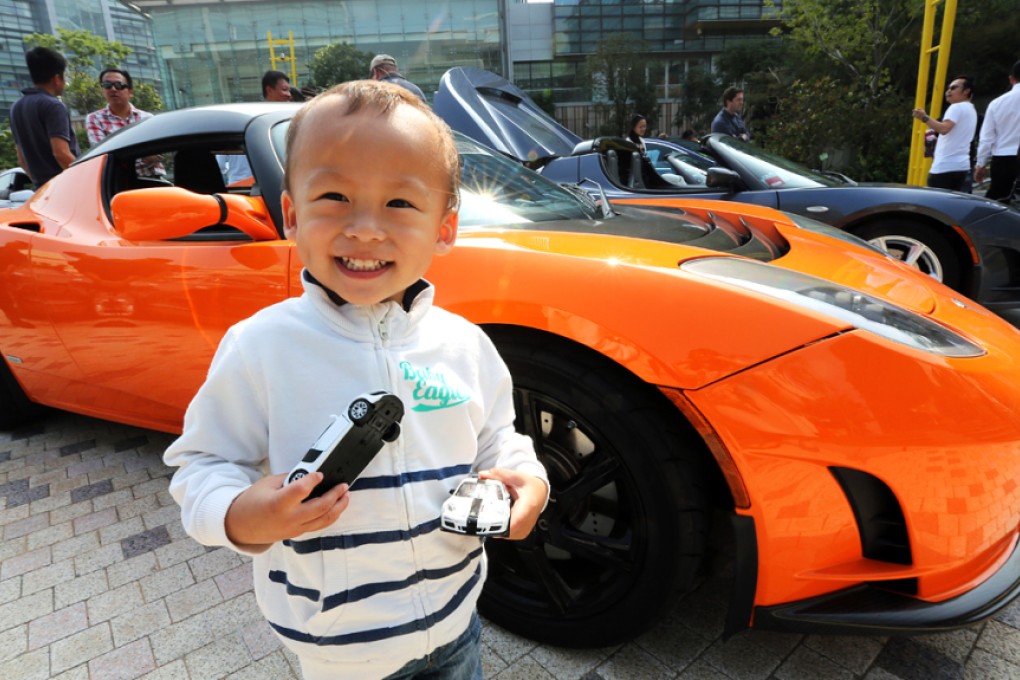Electric cars on the rise in Hong Kong but building management are failing to plug a home-charging gap
Despite one of the lowest vehicle to charger ratios worldwide, facilities are struggling to keep pace with demand for electric transportation

Hong Kong has one of the lowest electric vehicle to charger ratios in the world, but public charging facilities alone is still not enough to keep up with the rising popularity of electric transportation in the city, according to owners.
Electric transportation has been gaining traction in Hong Kong, with more than 3,000 electric vehicles (EV) on the road as of October, up from 100 of them in 2010.
To promote the wider adoption of EVs, there are now 1,200 chargers for public use across the city’s 18 districts in shopping malls, and commercial and government buildings.
The problem lies in the lack of home charging facilities, owners say.
